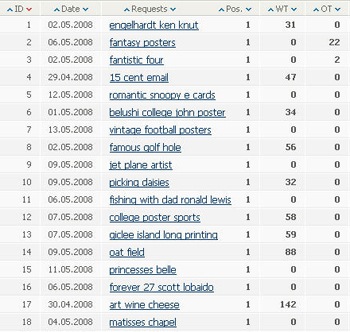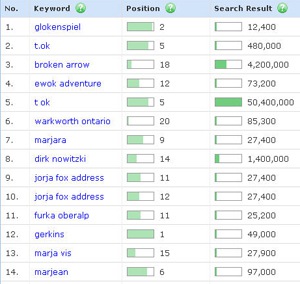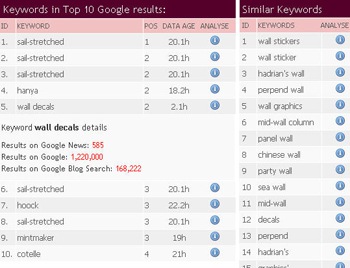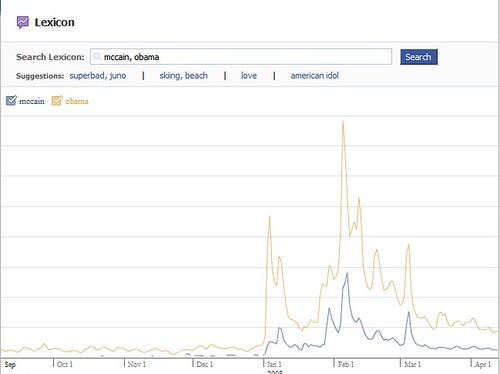Google Boost is a new online advertising product that Google is offering.
Google Boost allows business owners to create ads directly from their Google Places account. These ads will appear in the Sponsored Links area of Google.com and in the maps.google.com results page.
Google’s objective is to make it easier for local business owners by offering an automated solution to place the ads. The only requisite is to have a Google Places account with your business claimed.
What Do Google Boost Ads Look Like
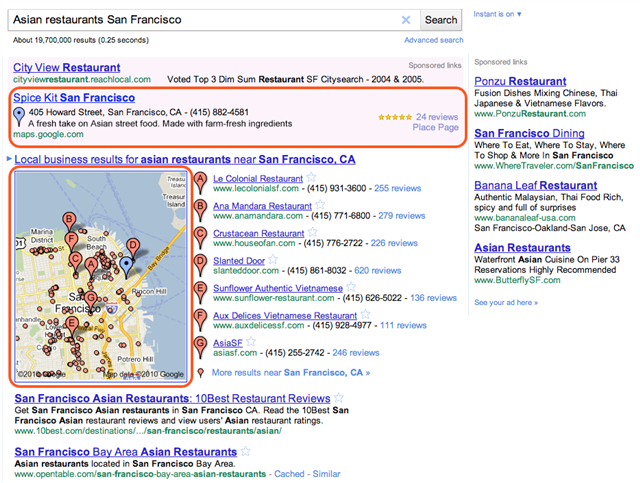
If you sign up for Google Boost and you are a plumber in Houston, assuming you have a claimed Google Place profile, your ad will show up when a search related to the keyword plus location is performed. i.e. “plumber Houston”.
It will show your company name, address, phone number, reviews, star rating and a link to your Place page. When your profile page shows up, it will be accompanied by a blue pin to make your listing stand out, making it even more prominent that Google Adwords in my opinion. Listings that already have Google Tags will also show the yellow tags on the listings.
How Do I Set Up Google Boost Ads
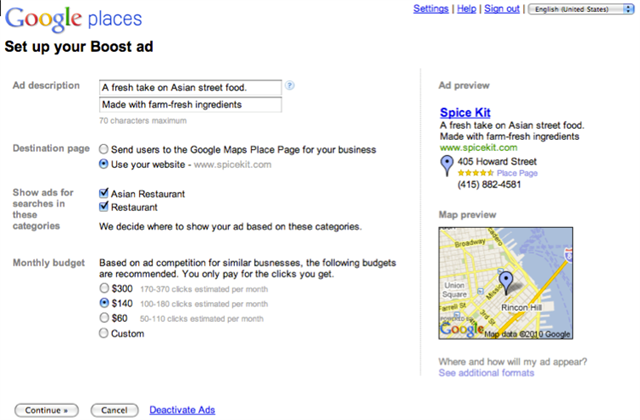
Business owner will have to complete a set up process:
- - Business description with 70 characters maximum
- - Ad a Destination Page: User will have to select whether to send the users to the Google Place page or their own business website
- - Show ads for searches in these categories: Google will provide the relevant keywords that will make the ad to appear on google.com and maps.google.com. Usually the keywords are related to “what + where”, keyword plus location or only keyword. Business owner has to select the keywords
- - Monthly budget: Business owner will have to select among the budgets recommended by Google according to ad competition.
What This Means
Google Boost is like Google Adwords, with the difference that there is no need of keyword research or geo-targeting as that is determined automatically. If your profile page shows up in a search the blue pin added to your listing makes it more prominent than Google Adwords.
Note: Google Boost is in beta in San Francisco, Houston and Chicago.
Read more: http://www.searchenginepeople.com/blog/google-boost-faq.html?utm_source=feedburner&utm_medium=feed&utm_campaign=Feed%3A+SearchEnginePeople+%28Search+Engine+People%29&utm_content=Google+Reader#ixzz14CHtjVFl














